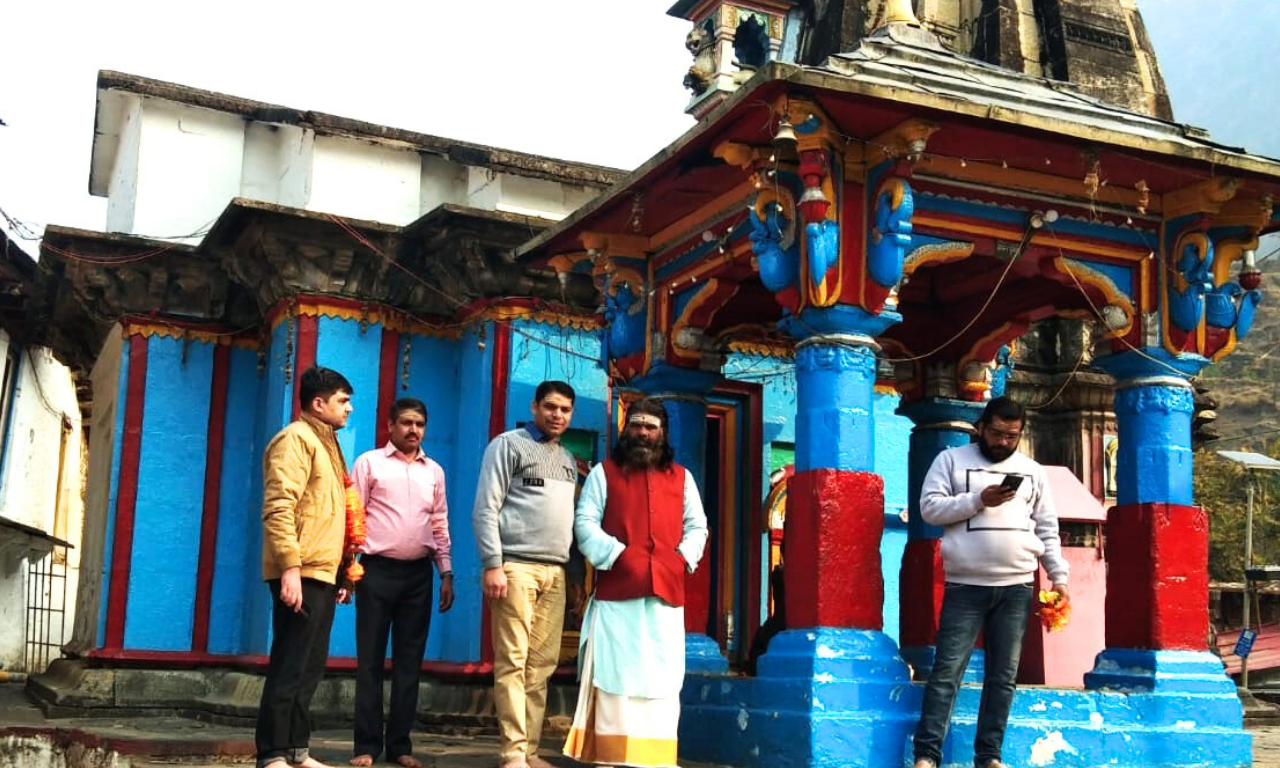
Sheetkalin Char Dham Plan
Introduction
Sheetkalin Char Dham plan — comprising Badrinath, Kedarnath, Gangotri, and Yamunotri — is one of India’s most revered spiritual journeys. Traditionally, this yatra takes place between April and October, as the temples close during winter due to heavy snowfall.
But now, with the Winter Char Dham Yatra (Sheetkalin Char Dham Plan), devotees can continue their pilgrimage even in the cold season. During this period, the idols from the main shrines are moved to lower-altitude temples, allowing year-round worship and tourism in Uttarakhand.
Plan your Sheetkalin Chardham this winter.
What is Sheetkalin Char Dham Yatra?
The Sheetkalin Char Dham Plan is a winter version of the traditional Char Dham Yatra. It was initiated by the Uttarakhand Government, to promote year-round pilgrimage and boost local tourism.
Instead of closing the temples entirely, the deities are shifted to winter abodes (Gaddi Sthals), located in nearby villages that remain accessible even during heavy snow. Here, the same rituals, aarti, and daily worship continue for six months until the main shrines reopen in summer.
The Four Winter Abodes (Gaddi Sthals)
Yamunotri Uttarkashi Kharsali Village The idol of Goddess Yamuna is worshipped during winter.
Gangotri Uttarkashi Mukhba (near Harsil) The maternal home of Goddess Ganga, where winter prayers are offered.
Kedarnath Rudraprayag Ukhimath (Omkareshwar Temple) The winter seat of Lord Shiva as Kedarnath.
Badrinath Chamoli Pandukeshwar (near Joshimath) Lord Vishnu’s idol is worshipped here at Yogadhyan Badri temple.
Tip: Always check the latest updates on temple opening dates and weather advisories before planning your trip.
Why You Should Experience the Sheetkalin Char Dham Yatra?
1. Darshan in all seasons: Experience divine blessings even during the snow-clad months.
2. Peaceful and less crowded: Enjoy serene temples without the summer rush.
3. Scenic Himalayan beauty: Witness the Himalayas covered in pure white snow — a truly magical view.
4. Boost local tourism: Help support the mountain economy during the low-tourist winter season.
5. Spiritual solitude: Meditate and reflect in the calm environment of the hills.
Challenges and Safety Tips
Weather Conditions: Be prepared for extreme cold and snowfall. Carry proper winter gear (gloves, jackets, boots).
Road Conditions: Some routes may be temporarily closed due to snow — check local advisories.
Accommodation: Limited hotels and dharamshalas remain open; pre-book your stays.
Health Precautions: Carry necessary medicines and consult your doctor before traveling to high-altitude areas.
Transportation: Fewer buses operate in winter; private taxis or organized tours are safer.
Sheetkalin Chardham Yatra plan
Day 1–2: Arrive in Haridwar or Dehradun → Travel to Kharsali (Yamunotri Gaddi Sthal)
3: Visit Mukhba near Harsil (Gangotri Gaddi Sthal)
4: Proceed to Ukhimath → Visit Omkareshwar Temple (Kedarnath’s winter abode)
5–6: Visit Pandukeshwar near Joshimath (Badrinath’s winter abode)
Day 7: Return to Rishikesh or Haridwar
Best Time to Visit
The Winter Char Dham Yatra usually starts from late November or December and continues till April, before the summer Char Dham Yatra begins.
The best months for this journey are December to February, when snow transforms the Himalayan valleys into a serene white paradise.
How to Reach
Airports: Jolly Grant Airport (Dehradun) and Pantnagar Airport.
Railway Stations: Haridwar, Dehradun, and Rishikesh.
By Road: Well-connected via NH-7 and NH-34 from Delhi, Rishikesh, and Haridwar.
Conclusion
The Sheetkalin Char Dham Yatra is not just a pilgrimage — it’s a soulful winter experience that connects faith, nature, and adventure.
Whether you’re a spiritual traveler or a blogger seeking unique Himalayan content, the Winter Char Dham offers a divine story worth sharing.
Plan your Winter Char Dham Yatra 2025 with ADB Trips and witness the Himalayas in their purest, most spiritual form.




